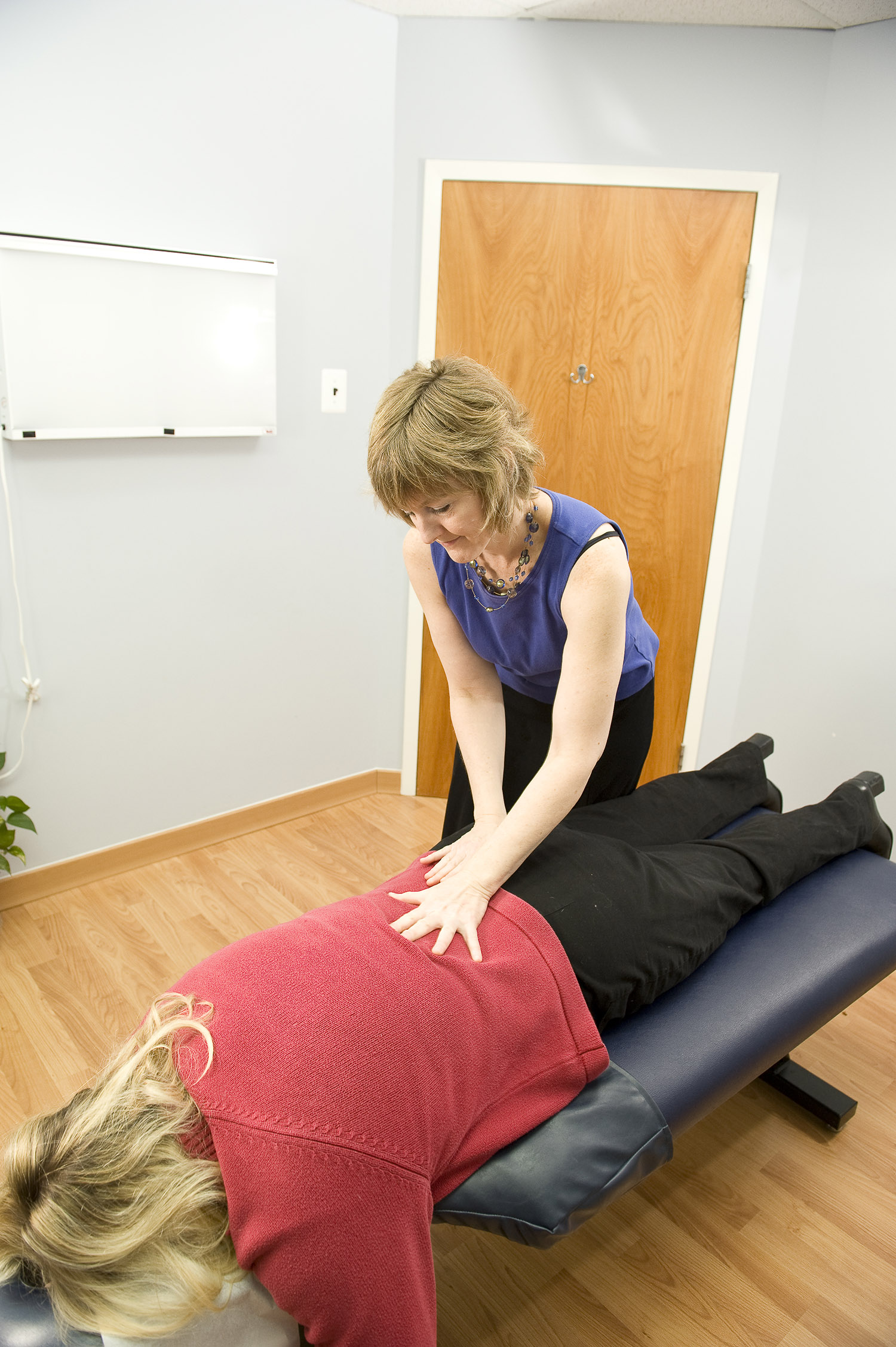Manual Thrust Spinal Manipulation May Improve Short-Term Treatment Outcomes for People With Acute or Sub-Acute Low-Back Pain

A recent study found that manual thrust manipulation, the most common type of spinal manipulation used by chiropractors, provides greater short-term reductions in disability and pain for people with acute or sub-acute low-back pain than mechanical-assisted manipulation or usual medical care. The study, funded by the National Center for Complementary and Integrative Health (formerly NCCAM), was published in the journal Spine.
Researchers from the University of Pittsburgh and the University of Western States randomly assigned 107 adults with a recent onset of low-back pain to receive spinal manipulation therapy (either manual thrust manipulation or mechanical-assisted manipulation) or usual medical care (over-the-counter anti-inflammatory and pain-relief medication; advice to be physically active and avoid prolonged bed rest). The two manipulation groups attended eight office visits (each lasting about 15 minutes) twice a week. Participants in the usual care group attended a total of three office visits, which included a 30-minute initial visit and followup visits lasting 15 minutes each. All participants were treated over the course of 4 weeks.
The researchers found that manual thrust manipulation led to clinically significant reductions in self-reported pain and disability at 4 weeks, compared to either mechanical-assisted manipulation or usual care. However, there was no significant difference in benefit between the three interventions at 3 and 6 months. The researchers concluded that manual thrust therapy should be considered as a short-term treatment option for people with acute or sub-acute low-back pain.
Reference
- Schneider M, Haas M, Glick R, et al. Comparison of spinal manipulation methods and usual medical care for acute and sub-acute low back pain: a randomized clinical trial. Spine. 2015;40(4):209-217.
Additional Resources
Publication Date: November 21, 2014